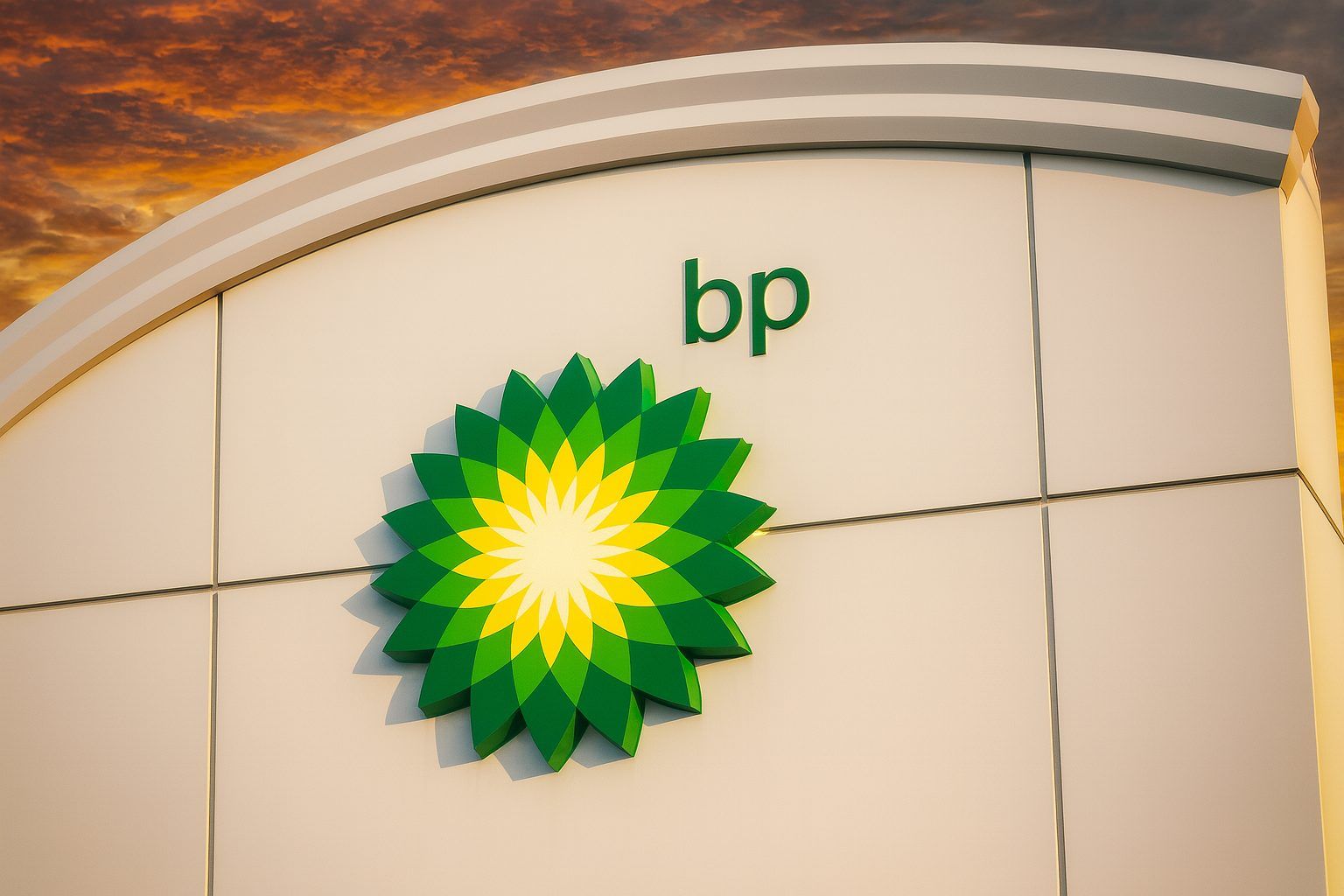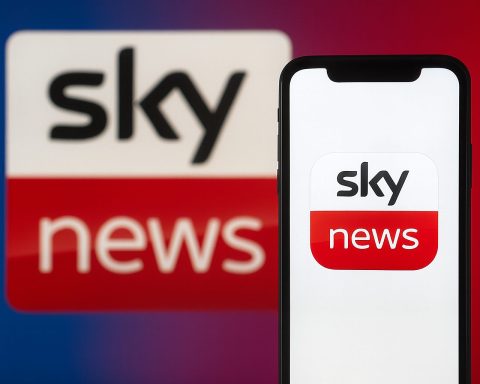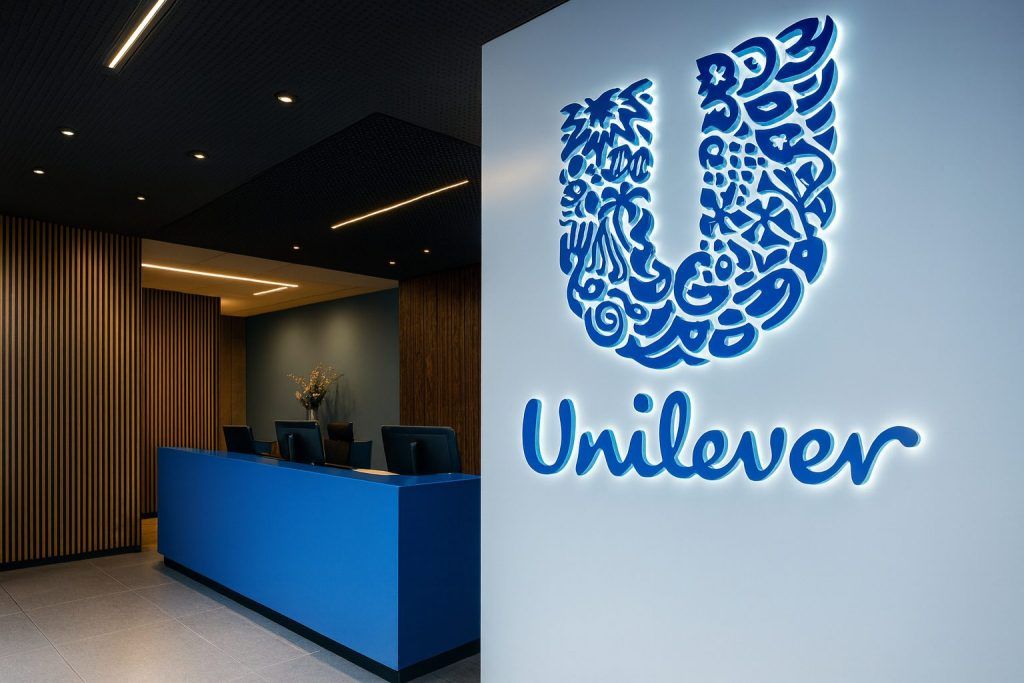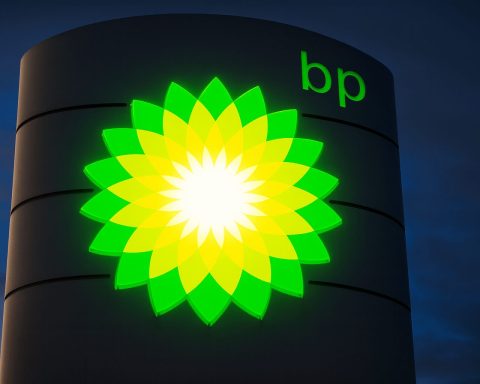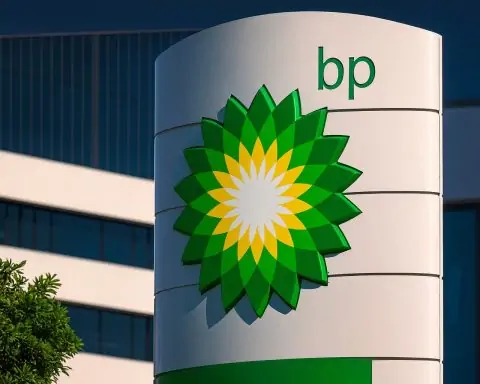BP plc is back in the spotlight on 26 November 2025 as it restarts a key U.S. fuel pipeline, awards a major Gulf of Mexico floating production unit (FPU) contract to Seatrium, faces a new climate‑focused valuation critique, and digests fresh headlines about political stock sales — all while its share price edges higher.
BP share price today: modest gains despite headline risk
BP’s London‑listed shares (ticker BP.) traded slightly higher on Wednesday.
- On the London Stock Exchange, BP was quoted around 452p, up roughly 0.6–0.7% on the day and about 18% higher than a year ago. [1]
- That leaves the stock about 5% below its 52‑week high near 476p set earlier in November. [2]
- In New York, BP’s ADRs (NYSE: BP) were changing hands around $35.7 in Wednesday trading, roughly flat to slightly lower versus Tuesday’s close. [3]
Olympic Pipeline leak: jet fuel flows again, but scrutiny intensifies
One of today’s most consequential BP stories comes from the U.S. Pacific Northwest, where the company has identified the source of a leak on its 400‑mile Olympic Pipeline system and resumed jet‑fuel deliveries to Seattle‑Tacoma International Airport (SEA). [4]
What happened
- A sheen in a drainage ditch on a blueberry farm near Everett, Washington, was spotted on 11 November, prompting an investigation and intermittent shutdowns of the pipeline. [5]
- BP fully shut the Olympic system on 17 November, cutting flows of gasoline, diesel and jet fuel from refineries near the Canadian border into Washington and Oregon. [6]
- Both Washington and Oregon governors declared fuel emergencies, allowing extended trucking hours to prevent shortages. [7]
New reporting confirms the leak was found in the 20‑inch gasoline line, not the parallel 16‑inch jet‑fuel pipeline, alleviating fears of a direct hit to aviation fuel infrastructure. [8]
Where things stand today
According to BP, regulators and local media:
- The jet‑fuel line has been restarted, and airlines such as Delta and Alaska have largely returned to normal operations after several days of precautionary fuel stops on some flights. [9]
- The gasoline line remains under repair planning, with only a partial restart of the overall system. A full return to normal throughput could still take days. [10]
- Analysts flagged the shutdown as a driver of tighter refined‑product supply in the region and a short‑term overhang on BP’s U.S. operations and reputation. [11]
New fines add to the pressure
Compounding the operational issue, Washington state regulators have just fined Olympic Pipeline Company and BP Pipelines about $3.8 million over a separate 2023 gasoline spill near Conway, with the state seeking a total of more than $4.6 million including response costs. [12]
Regulators found that a corroded steel component failed and that BP’s inspections did not identify the risk in advance, raising fresh questions over leak‑detection and maintenance. [13]
BP has until mid‑December to appeal the penalty and says it is reviewing the findings, while stressing that a “collaborative, robust response” helped limit environmental damage. [14]
Takeaway: The immediate travel crunch around Thanksgiving appears to have been averted, but the Olympic Pipeline saga reinforces regulatory, legal and reputational risk for BP’s midstream operations — and it is explicitly cited by market commentators as a reason BP stock has been under pressure this month. [15]
Seatrium wins Tiber FPU contract: BP doubles down on deepwater Gulf of Mexico
On the growth side, BP is simultaneously pushing ahead with a major long‑life offshore oil project.
Today, Singapore‑based offshore and marine group Seatrium Ltd announced it has secured a contract from BP Exploration & Production Inc. to engineer, procure, construct and commission the Tiber floating production unit (FPU) for the Tiber‑Guadalupe project in the U.S. Gulf of Mexico (also branded the Gulf of America). [16]
Key details of the Tiber FPU deal
According to Seatrium’s announcement and specialist offshore media:
- The Tiber FPU is BP’s second consecutive deepwater FPU with Seatrium, following the Kaskida FPU awarded in December 2024. Over 85% of the design will replicate Kaskida, allowing Seatrium and BP to reuse engineering and supply‑chain efficiencies. [17]
- The unit is designed for 80,000 barrels of crude per day of processing capacity, with advanced safety and efficiency features. [18]
- It will serve production from the Tiber and Guadalupe fields in the Keathley Canyon area, roughly 300 miles southwest of New Orleans in about 4,100 feet of water. [19]
- The broader Tiber‑Guadalupe project is estimated at around $5 billion, targeting some 10 billion barrels of resources in place across BP’s Paleogene portfolio and ~350 million barrels of oil equivalent of recoverable resources in its initial phase, with first production expected around 2030. [20]
Seatrium says the award lifts its 2025 contract wins above S$2 billion, underlining the scale of BP’s commitment to the series‑build deepwater concept. [21]
For BP, the Tiber FPU announcement builds on its final investment decision for Tiber‑Guadalupe earlier this year and a string of related contracts, including subsea boosting systems from SLB OneSubsea and commissioning support from Gate Energy. [22]
Takeaway: At the same time as it faces criticism for doubling down on oil and gas, BP is clearly pressing ahead with large, long‑dated deepwater projects that could underpin production and cash flow into the 2030s.
New ACCR research: “Oil and gas investment will worsen BP’s performance woes”
That strategic choice is exactly what is being challenged in new research published today by the Australasian Centre for Corporate Responsibility (ACCR), a prominent shareholder‑advocacy group.
In a media release dated 26 November 2025, ACCR argues that BP’s recent push into new conventional oil and gas projects has destroyed rather than created shareholder value. [23]
The numbers ACCR highlights
ACCR’s analysis claims that: [24]
- BP has invested US$22 billion in new conventional oil and gas projects over the past six years, generating an estimated net present value of just US$0.9 billion under forward price curves.
- The company could be US$11 billion more valuable if it stopped exploration and sanctioning of new conventional projects and focused on producing from its existing resource base.
- BP’s gas assets are, on average, more expensive than 76% of global pre‑FID supply, and its conventional oil projects are more costly than 53% of peers’ projects, suggesting it is not competing at the low‑cost end of the supply curve.
- At its 2025 Capital Markets Day, BP announced a “fundamental reset” that raised upstream capex from about $8.5 billion to $10 billion per year, while trimming spending on low‑carbon energy to less than $800 million annually — a shift ACCR argues is misaligned with both value creation and the energy transition.
The report concludes that BP has underperformed both the broader market and its oil‑major peers over 3, 5, 10 and 15 years, and questions whether expanding upstream capex offers a credible turnaround path.
Why this matters today:
- The Tiber FPU contract is a tangible example of the upstream expansion ACCR is criticising.
- The research is likely to feed into engagement by institutional investors and “say‑on‑climate” style resolutions as BP heads towards its 2026 AGM. [25]
Politics and governance: U.S. lawmaker trims BP holdings
On the governance front, MarketBeat’s congressional trading tracker flagged that U.S. Representative Lisa C. McClain (R‑Michigan) disclosed a sale of BP shares, adding a political‑optics angle to the stock’s news flow. [26]
According to the filing summary:
- McClain reported selling between $1,001 and $15,000 worth of BP stock on 31 October 2025 in a retirement account, with the transaction disclosed publicly on 21 November and highlighted today.
- The sale was part of a broader reshuffling that included similar‑sized disposals in several other U.S. and international companies. [27]
In isolation the trade is too small to matter financially for a $90‑plus‑billion company, but it plays into ongoing investor and public scrutiny around political stock ownership in energy companies, especially amid climate‑policy debates and high‑profile incidents like the Olympic Pipeline leak.
Under the hood: earnings, buybacks and divestments
Behind today’s headlines, BP is still executing on the financial and portfolio strategy it laid out earlier in 2025.
Q3 2025 results and dividend
Earlier this month, BP reported Q3 2025 earnings that beat expectations, delivering: [28]
- Earnings per ADS of $0.85, ahead of consensus estimates around $0.72.
- Revenue of about $48.4 billion, up roughly 2.5% year‑on‑year.
- A higher quarterly dividend of $0.4992 per ADS (about $2.00 annualised), implying a yield of around 5.5–5.6% at current prices, with an ex‑dividend date in mid‑November and payment due in December.
This came on the back of a February strategy update where BP slashed previously planned renewables investment and lifted oil and gas capex, seeking to reassure investors about near‑term returns. [29]
Share buybacks and balance‑sheet moves
- Trading disclosures show BP has continued its share repurchase programme, including buying back roughly 1.6 million shares on 25 November, taking the total number of shares held in treasury above 832 million. [30]
- In early November, BP agreed to sell minority stakes in U.S. onshore midstream assets in the Permian and Eagle Ford to investment firm Sixth Street for about $1.5 billion, as part of a broader $20 billion divestment plan running to 2027. [31]
- Reuters also reported that BP is in active talks to sell its Castrol lubricants business to Stonepeak, which could further simplify the portfolio and free up capital if a deal is reached. [32]
Net effect: BP is trying to walk a tightrope: using large, long‑life upstream projects like Tiber to sustain cash flow, while shrinking and reshaping other parts of the portfolio and returning cash to shareholders via dividends and buybacks.
How today’s news fits together for investors
Putting it all in one picture:
- Operational risk: The Olympic Pipeline incident shows how quickly infrastructure problems can morph into political and regulatory issues, with fines for past spills and criticism of leak‑detection systems now front and centre.
- Growth and capex: The Tiber FPU award confirms BP’s multi‑billion‑dollar bet on deepwater Gulf of Mexico oil in the 2030s, reinforcing the company’s pivot back toward hydrocarbons.
- ESG & valuation tension: ACCR’s new research adds fresh fuel to the debate over whether these oil and gas investments are actually creating value — or simply increasing risk in a world gradually tightening climate policy.
- Market backdrop: Against that backdrop, BP’s shares are grinding higher, helped by solid Q3 earnings, a generous dividend, and ongoing buybacks — but still trade at a discount to some peers, partly reflecting exactly the risks highlighted today.
What to watch next
For readers following BP into year‑end, key signposts include:
- Full Olympic Pipeline restart and any further details on the scale of the latest spill, clean‑up costs and potential litigation.
- BP’s response to Washington’s $3.8m fine and whether it chooses to appeal.
- Progress on the Tiber‑Guadalupe project, including any cost updates and timing milestones for the FPU.
- Outcome of potential asset sales, especially Castrol and further midstream divestments.
- Shareholder and proxy‑advisor reaction to ACCR’s research as engagement ramps up ahead of BP’s next AGM.
Disclaimer: This article is for information and news purposes only and does not constitute investment advice or a recommendation to buy or sell any security. Always do your own research or consult a licensed financial adviser before making investment decisions.
References
1. markets.ft.com, 2. markets.ft.com, 3. www.marketbeat.com, 4. www.reuters.com, 5. komonews.com, 6. www.reuters.com, 7. www.opb.org, 8. komonews.com, 9. www.reuters.com, 10. www.reuters.com, 11. www.marketbeat.com, 12. apnews.com, 13. apnews.com, 14. apnews.com, 15. www.marketbeat.com, 16. splash247.com, 17. investors.seatrium.com, 18. www.offshore-energy.biz, 19. www.offshore-energy.biz, 20. www.offshore-energy.biz, 21. www.businesstimes.com.sg, 22. finance.yahoo.com, 23. www.accr.org.au, 24. www.accr.org.au, 25. www.accr.org.au, 26. www.marketbeat.com, 27. www.marketbeat.com, 28. www.marketbeat.com, 29. www.reuters.com, 30. www.tradingview.com, 31. www.reuters.com, 32. www.reuters.com
